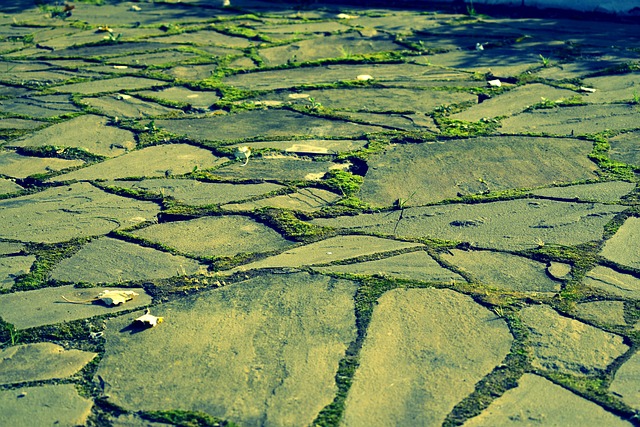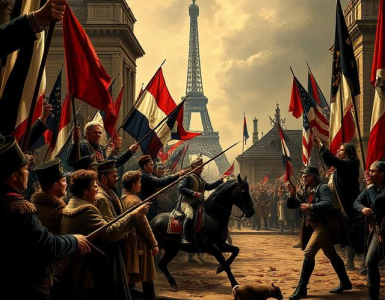The Silk Road dates back to the second century BCE, connecting the East to the West. Picture it: merchants trudging through the rugged terrain of Central Asia while loaded down with precious silk from China, spices from India, and glassware from the Roman Empire. It was more than a route; it was a vibrant tapestry of human interaction. Along the path, cities like Samarkand and Bukhara flourished as melting pots of culture, where stories and traditions blended like colors on an artist’s palette.
As the centuries rolled on, the Silk Road expanded, like the branches of an ancient tree, reaching into the heart of Europe and the depths of Asia. Each exchange was like a spark igniting a flame of innovation. Think about the inventions that traveled this route – paper, gunpowder, and even the concept of zero! It’s astonishing to realize how these items changed societies, isn’t it?
But the Silk Road wasn’t purely about goods; it also facilitated the exchange of ideas and religions. Buddhism, for example, journeyed along these paths, spreading its teachings from India to China. Imagine how transformative it was for communities to share beliefs like trading spices!
Over time, the rise of maritime trade and the fall of empires altered the dynamics of the Silk Road. Yet, its legacy lives on, weaving through modern culture and trade, reminding us that connections forged long ago still resonate today. So, next time you see silk or spices, know there’s a story wrapped in layers of history behind each one!
The Routes and Their Importance
Imagine you’re a courier. You need to get a package from point A to point B in the fastest time possible. The route you choose can make or break your day. A shortcut might save you miles, but what if it’s a dusty back road full of potholes? The right route isn’t just about distance; it’s about efficiency and safety. This makes them vital for logistics, aiding in everything from delivering your Amazon order on time to getting emergency services to where they’re needed most.

Now, think about routes in terms of culture and community. Roads can be corridors of connection, fostering interactions and friendships among people from different walks of life. Ever taken a road trip? Those highway stretches often turn into the most memorable parts of your journey, right? They’re venues for stories, laughter, and sometimes even life-changing conversations.
And let’s not forget the environmental aspect. The routes we choose to travel can impact the planet, too! With the rise of eco-conscious travel, many are now opting for bike paths or public transit routes over gas-guzzling cars. It’s a shift towards sustainability, creating a ripple effect that benefits everyone.
So next time you walk, drive, or cycle, take a moment to appreciate the routes you traverse. They’re more than just pathways; they’re lifelines that connect us all.
How It Facilitated Cultural Exchange
Think about it: social media is like a giant bridge spanning the vast oceans of language and tradition. People from the bustling streets of Tokyo can post videos of their cherry blossom festivals, while someone in New York can share a dance from a local street fair. Suddenly, cultures that once seemed distant are practically neighbors in our digital world. Isn’t it fascinating how a simple hashtag can connect you to someone’s life experience halfway across the planet?
And let’s not forget about music! Platforms like Spotify and YouTube give us the chance to listen to traditional folk songs from India or upbeat reggae from Jamaica, all while you’re lounging at home in your pajamas. These rhythms and melodies paint vibrant pictures of their origins, inviting us to understand and appreciate diverse lifestyles and emotions.
























Add comment